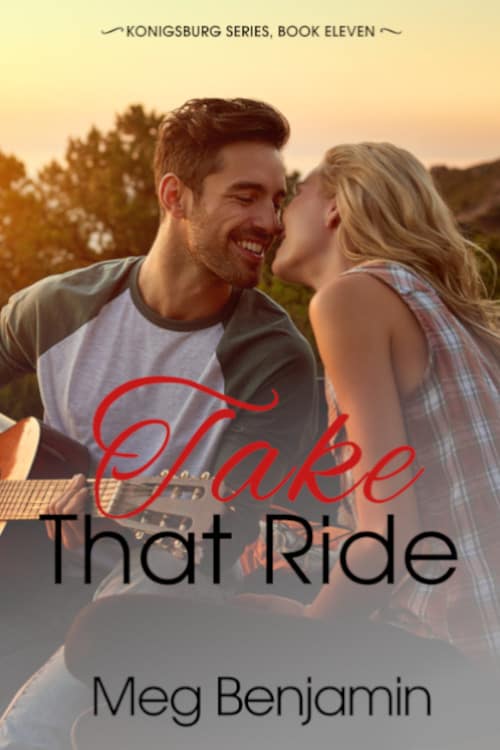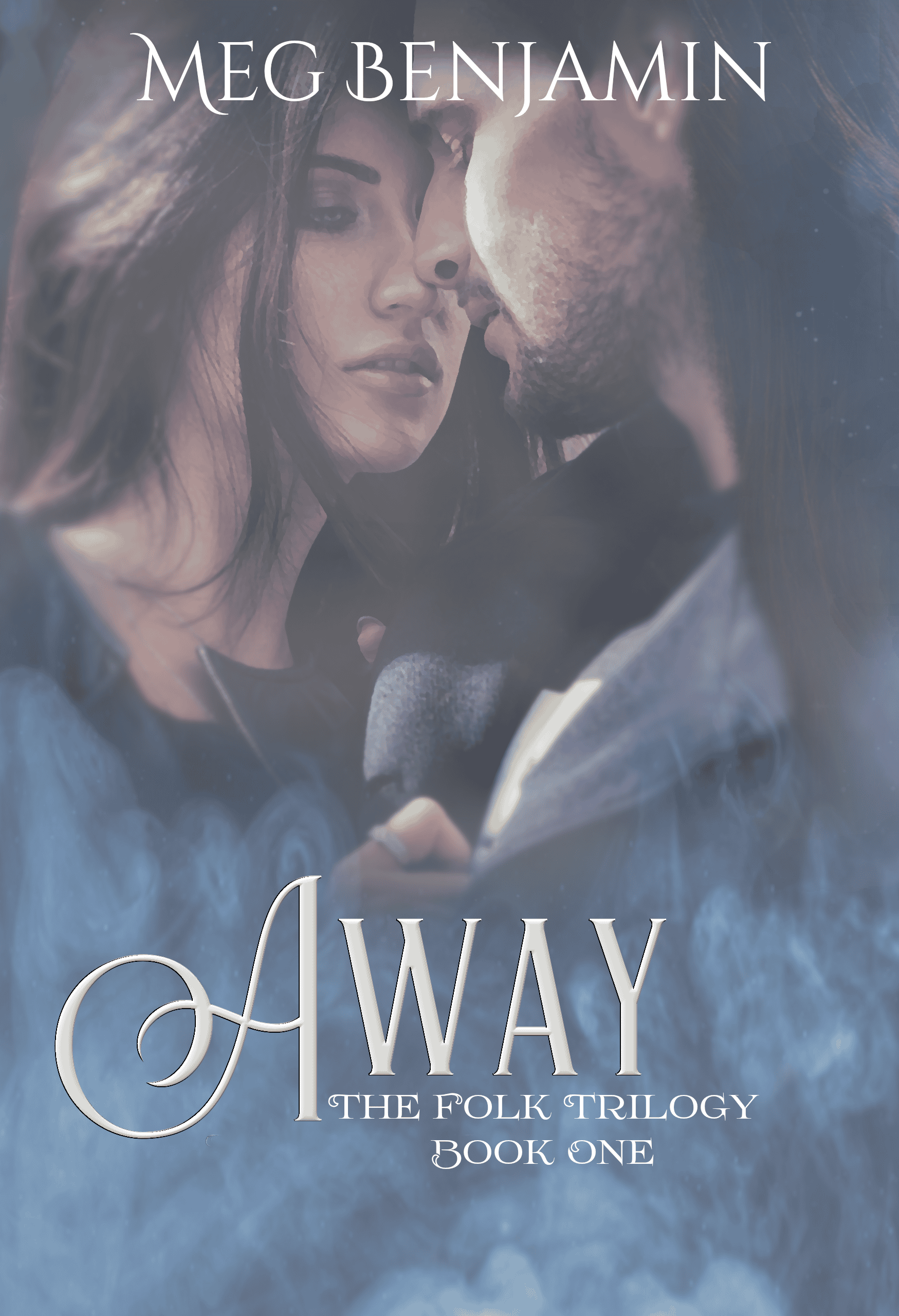The Narrative Problem: Points of View
 Most romances are written in third person. It’s not a requirement, mind you. There are first person romances, some of them classics (Jane Eyre springs to mind). But using third person allows you to use multiple points of view, switching back and forth between hero and heroine, for example, with the villain thrown in sometimes for a little variety. First person tends to be somewhat hermetic, locking the reader into a form of deliberate tunnel vision. Since romance delights in showing what both partners in a relationship feel, third person frequently works best.
Most romances are written in third person. It’s not a requirement, mind you. There are first person romances, some of them classics (Jane Eyre springs to mind). But using third person allows you to use multiple points of view, switching back and forth between hero and heroine, for example, with the villain thrown in sometimes for a little variety. First person tends to be somewhat hermetic, locking the reader into a form of deliberate tunnel vision. Since romance delights in showing what both partners in a relationship feel, third person frequently works best.
Mysteries and thrillers, in contrast, use first person more often. It gives mystery writers the opportunity to play games with narrators, including the ultimate unreliable narrator, the murderer himself. And since mysteries can benefit from having a limited point of view (more opportunities to overlook vital evidence and to be deluded by preconceptions, for example), first person can work well.
But things start to get murky when authors want to introduce more than one point of view. If getting one voice right is tricky (and it is), getting more than one right is a real balancing act. Still, both romance and mystery writers have found interesting ways to experiment with multiple narrators—as well as some familiar ways to fail.
One recent mystery example is Margaret Maron’s Long Upon the Land, part of Maron’s Judge Deborah Knott series. The series began as simple first person, all narrated by Deborah. But at a certain point, Maron decided to add another point of view through Deborah’s husband, Dwight. Rather than having two first person narrators, however, she writes Dwight’s chapters in third person and Deborah’s in first. Long Upon the Land also adds another third person point of view, a series of flashbacks showing the love affair between Deborah’s parents. The great advantage of using both first and third person comes in making a clean demarcation between points of view: if the chapter is in first person, you know it’s Deborah; if it’s third, it’s either Dwight or a flashback. Maron succeeds in making these three voices distinct and readable. Judith Merkle Riley does something similar in Serpent Garden. The heroine narrates her sections, with a engagingly quirky, first person voice. The sections focusing on the hero or the various supernatural characters are written in third person, switching the point of view from the heroine’s more limited, sometimes confused perspective to a deliberately omniscient overview.
Using more than one first person narrator is also possible, although a great deal trickier. Linda Fairstein’s Devil’s Bridge uses two first person narrators, the heroine, Alex Cooper, and the hero, Mike Chapman. Unfortunately, Devil’s Bridge illustrates all the problems that come with that technique, chiefly that these two voices, supposedly from two very different people, sound remarkably similar. We know that we’re reading Mike’s narration because Alex is missing for most of the book, but it might as well be Alex. There’s nothing distinctive about the voice—when Mike makes references to Alex’s Porthault sheets and Chanel perfume I found myself wondering why a tough NYC detective would know or care what brands his girlfriend uses. The answer, I’m afraid, is that both Alex and Fairstein care, not Mike.
So what choice is best? Hard to say since it depends a great deal on the skill of the author involved. To me, multiple first person narrators are tough, but I can see the attraction. The main thing is that all these point of view choices have to arise from the story. In the wrong hands, both first and third person can be clunky. In the right hands, they can sing.
Posted in Blog • Tags: first person, mystery writing, narrators, On Reading, On Writing, point of view, romance writing, third person | Be The First To Reply!








